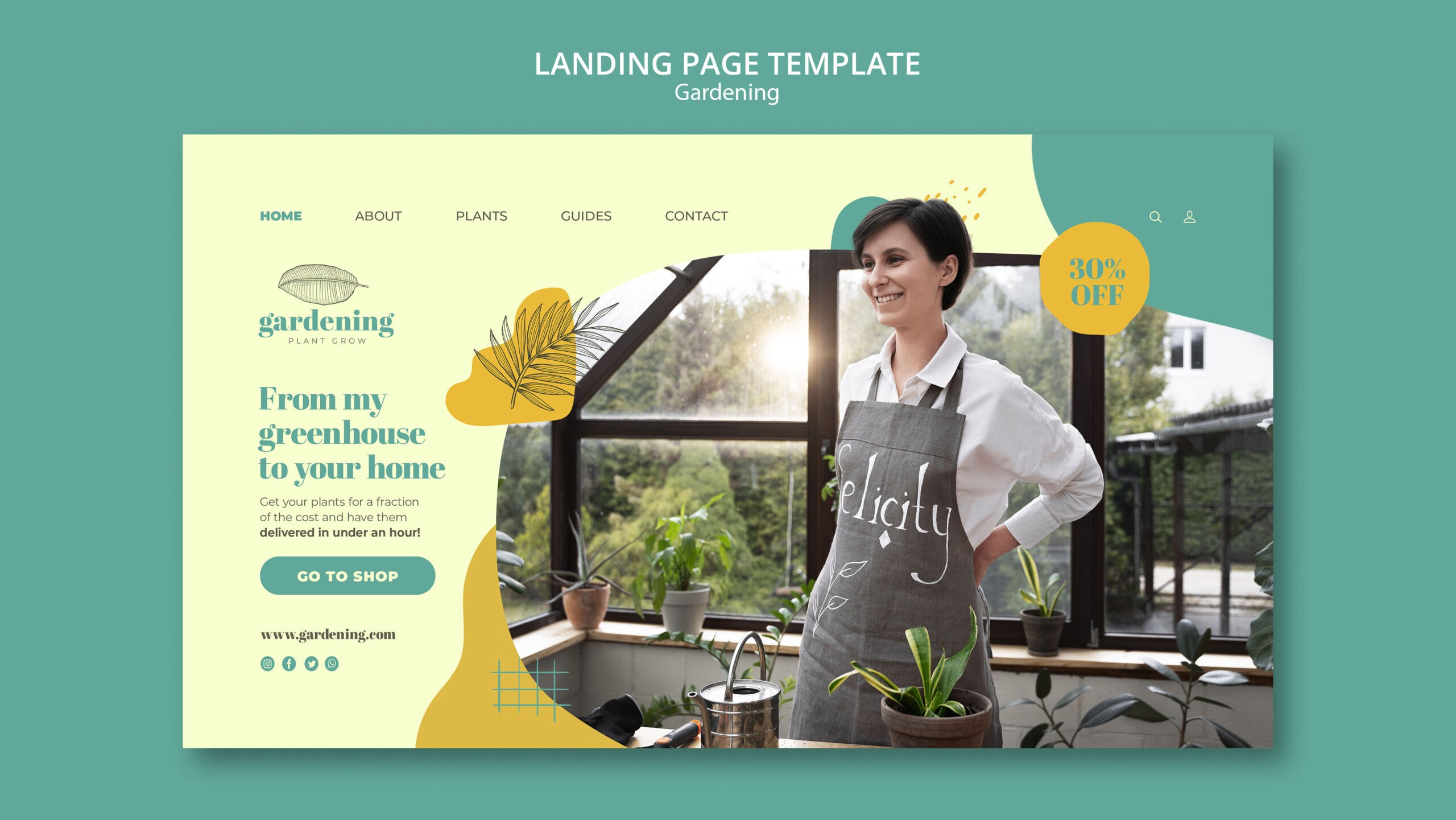What’s the first thing people do when they hear about your company? They Google you. And what do they find? Your website. That’s why small business web design isn’t just about pixels — it’s about first impressions, credibility, and revenue. If you’re running a lean operation, your site may be your only salesperson that works 24/7. So, let’s dig into what really matters when designing a site that works for small firms like yours.
This article explores why small business web design drives growth, trust, and customer retention. Learn actionable strategies, real-life cases, and stats. Discover how to design smarter, not just prettier, websites for sustainable success.
Table of Contents
Why Web Design Is Critical for Small Businesses
Here’s a hard truth: 75% of people admit to judging a business’s credibility based on website design alone (Stanford Research).
Another number: users form an opinion about your site within 0.05 seconds — faster than a blink. (Adobe)
Now, think about it. If small business web design is outdated or cluttered, you’re telling your audience: we don’t care. And when trust drops, conversion follows.
Once you realize how much first impressions matter, the next step is understanding how to actually structure a small business website. Think of it as a sequence: you begin by clarifying who your audience is, then define what the site must achieve, and from there, you move into design choices that emphasize speed, simplicity, and trust.
A well-designed small business website usually follows a clear progression. It starts with a homepage that immediately shows what you do and why it matters. It then guides the visitor through a straightforward path toward learning, trust, and ultimately purchasing or booking. Each section builds on the previous one, so that the user journey feels natural instead of forced. By thinking in terms of these steps, even the smallest firm can map out a site that is functional, attractive, and persuasive.”
Real Life Case
A bakery in Austin redesigned its outdated website. Before, it had no mobile version, no clear product pages, and confusing navigation. After hiring a boutique design agency, they:
- Improved page load from 6 seconds to 1.8 seconds.
- Added online ordering with local delivery integration.
- Streamlined their menu design with clear categories.
Within 3 months, online sales grew by 32%, and their Instagram traffic doubled because mobile visitors finally had a frictionless experience.
That’s what small business web design done right looks like — direct ROI.
The bakery’s results weren’t only about faster loading and prettier menus. What really changed behavior was how customers interacted with the new site. This is where psychology plays a role. Placement of call-to-action buttons matters because people tend to act when prompts are clear and visible. Colors influence trust and urgency — a contrasting button tends to receive more clicks than one that blends into the background.
Whitespace helps the eye rest and improves comprehension, allowing visitors to stay longer and read more. Even something as simple as using genuine photos of staff and products instead of stock images can increase conversions by double digits, because authenticity makes people feel more secure about making a purchase. These are not just design choices; they are persuasion tactics woven into the site’s fabric.
Infographic Concept
(Convert later into a chart or image for your blog)
What Makes Small Business Web Design Effective?
- 40% Clear structure & navigation
- 30% Fast speed & mobile optimization
- 20% Professional branding & visuals
- 10% Trust signals (reviews, SSL, policies)
What Consumers Expect from Small Business Websites
| Expectation | Statistic | Detailed Explanation |
|---|---|---|
| Mobile Optimization | 57% of users won’t recommend a business with a poor mobile site | Customers expect seamless browsing on phones. If your menus, checkout, or images don’t adapt properly, they’ll abandon the visit and are unlikely to recommend your business. |
| Loading Speed | 53% of visitors leave if a page takes longer than 3 seconds to load | A slow site costs conversions and SEO ranking. Small businesses often use cheap hosting, but speed optimization directly translates into more leads and revenue. |
| Design & Credibility | 75% of people judge a company’s trustworthiness by design | Outdated design signals neglect. Clean layouts, modern visuals, and consistent branding increase user trust, especially for small firms competing with larger players. |
Solutions That Actually Work
So how do you win at small business web design without blowing your budget?
- Mobile-first mindset
Build for the phone first. That’s where your audience lives. - Cut the clutter
Every element must serve a purpose: navigation, CTAs, or storytelling. - Invest in speed
Compress images, enable caching, use a reliable host. - Use social proof
Add reviews, trust badges, or case studies. - DIY vs Professional
Website builders (Squarespace, Wix, WordPress) are fine for early stages. But if growth is the goal, custom design wins.
Alongside design and performance, there is a less glamorous but equally crucial part of web design: compliance. Many small business owners overlook the fact that their websites must meet basic accessibility standards, display clear cookie and privacy policies, and utilize SSL certificates. An inaccessible website can expose you to legal risk, while a ‘Not Secure’ warning in the browser scares customers away instantly. Consider compliance an integral part of the design process.
When you invest in accessible layouts, readable contrast, and secure browsing, you aren’t just checking a box for regulators — you are signaling to every visitor that your business is trustworthy and professional.
DIY vs Professional Web Design
| Approach | Pros | Cons | Best Use Case |
|---|---|---|---|
| DIY Website Builders | Low-cost, quick setup, drag-and-drop tools, no coding required, suitable for very small businesses starting out. | Templates look generic, limited SEO control, poor scalability. Hard to stand out from competitors using the same platform. | Early-stage businesses with minimal budget that just need an online presence, not complex features. |
| Professional Web Design | Unique design tailored to brand, optimized for SEO and speed, scalable with e-commerce or integrations. | Higher upfront investment, longer timeline for development, requires clear communication with the design team. | Growth-minded businesses wanting to compete with bigger players and build long-term brand trust online. |
Real-World Numbers You Can Quote
- 94% of first impressions of websites are design-related (Adobe).
- 88% of online consumers are less likely to return after a bad user experience (Forbes).
- Local SEO stats show that 76% of people who search for a local business on mobile visit within 24 hours (Google).
A small law firm in Denver learned this lesson the hard way. Their original website lacked an online booking option, so most inquiries were received through phone calls that often went unanswered. After redesigning with a modern booking feature and a clearer services page, they saw a 40 percent increase in consultations within four months. The change wasn’t about flashy graphics; it was about making it easier for clients to take the next step. This second example demonstrates that whether you sell pastries or legal services, the principles of small business web design apply equally: remove friction, build trust, and guide the user forward.
Closing Thoughts
Your website is not a digital brochure. It’s a 24/7 storefront, trust machine, and lead magnet. Treat small business web design as a growth tool — not a line item. Make it simple, make it fast, and make it credible.
If you’re not sure where your current website stands, you don’t need to guess. Run your pages through Google PageSpeed Insights — it’s free and instantly shows you where speed and usability are falling short. For behavior analysis, a tool like Hotjar allows you to actually watch how visitors navigate your site: where they click, where they scroll, and where they drop off. These insights transform vague design decisions into data-driven actions, helping even the smallest business make smarter changes that boost performance.
And if you’re still asking yourself, “Do I need to redesign my site?” — the fact that you’re asking is probably the answer.

Andrej Fedek is the creator and the one-person owner of two blogs: InterCool Studio and CareersMomentum. As an experienced marketer, he is driven by turning leads into customers with White Hat SEO techniques. Besides being a boss, he is a real team player with a great sense of equality.
